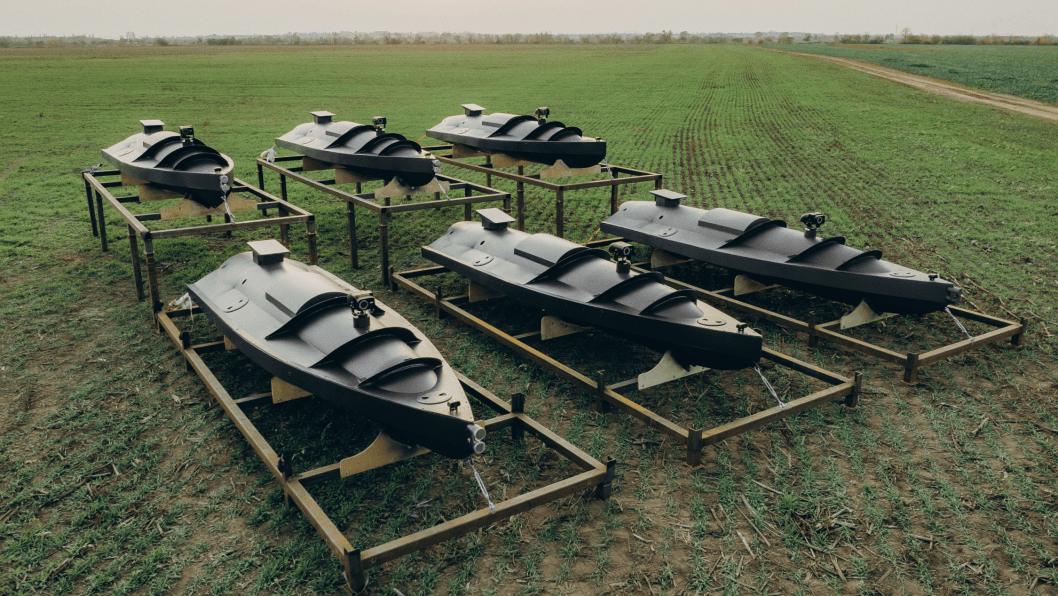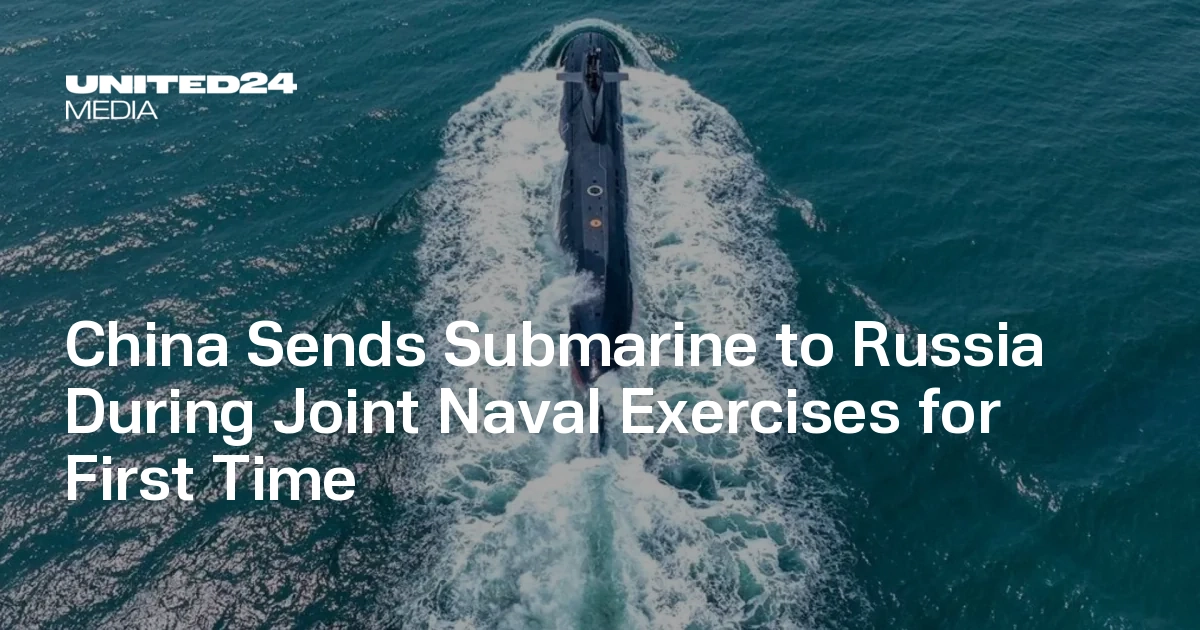For the first time, China has deployed a submarine to Russia as part of joint naval exercises, underscoring the expanding military cooperation between the two countries. The Chinese naval group arrived at Vladivostok on August 1, 2025, to participate in the Joint Sea 2025 drills, which will continue through August 5.
According to Army Recognition on August 2, the Chinese flotilla includes a Kilo-class diesel-electric submarine—originally built in Russia—as well as two Type 052D-class guided-missile destroyers, the Shaoxing and Urumqi, a Type 903A supply ship, and a submarine rescue vessel. This marks the first time a Chinese submarine has docked in Russia during such an exercise.
The Chinese Navy’s participation draws assets from both the Northern and Eastern Theater Fleets, indicating a possible effort to broaden joint operational readiness across multiple command regions.
The Kilo-class submarine, though considered dated by modern standards, offers symbolic value and avoids exposing more sensitive technologies like the Yuan-class submarines during transit through the Sea of Japan. The Kilo features a teardrop-shaped hull, submerged endurance of up to two weeks, and an isolated propulsion system designed for acoustic stealth.
On the Russian side, the exercise is supported by an Udaloy-class destroyer, a platform dating back to the Soviet era. The contrast in naval modernization is evident: while China has launched over two dozen Type 052D destroyers since 2014, Russia has not commissioned a new destroyer since the collapse of the Soviet Union.
The drills include multiple training scenarios, such as air defense, anti-submarine warfare, search and rescue, and live-fire exercises. These activities are intended to improve interoperability between the two navies in a region of persistent strategic significance to both nations.
The Chinese Ministry of Defense described Joint Sea 2025 as a routine element of the annual cooperation plan with Russia and stated that the exercise is not directed at any third party.
However, it coincides with Resolute Force Pacific 2025, a large-scale military operation led by the US Air Force and involving more than 400 aircraft and 12,000 personnel from the United States, Japan, Australia, and other partners in the region.

Since 2021, China and Russia have conducted regular naval patrols in the Pacific, often in coordination with Joint Sea exercises. In years when Joint Sea is not held, the PLA Northern Theater Command has organized Northern Cooperation drills to maintain operational continuity.
Previous joint deployments have included Chinese participation in exercises in the Baltic Sea, bomber patrols near Alaska, and troop movements near NATO’s eastern flank.
The 2025 iteration of Joint Sea is taking place near Vladivostok, a city that has served as a key hub for Russia’s Pacific Fleet since its founding in 1860. Despite the relocation of the primary naval base to Fokino after the 2012 APEC summit, Vladivostok remains an important logistical and symbolic stronghold for Russia’s military presence in the Far East.
Earlier, The Hill reported that China does not want Russia to win its war against Ukraine—but rather to remain weakened, dependent, and locked in prolonged conflict. According to political scientist Alexander Motyl, Beijing’s ideal outcome is a “bloodied but unbeaten” Russia that stays within China’s orbit and continues to divert US strategic focus.

Donate Towards Robots, as Well as Other Military Equipment and Supplies to Help Ukraine’s Defenders Fight Off Russian Invaders


